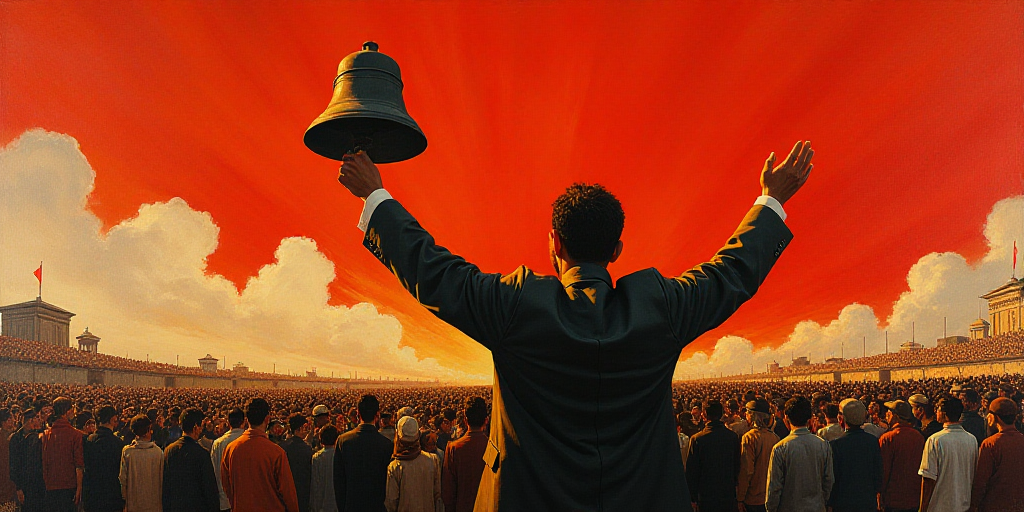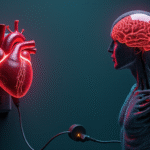Introduction
The Grito de Dolores, or the Cry of Dolores, is a pivotal moment in Mexico’s history that marked the beginning of its struggle for independence from Spanish rule. This event, which took place on the night of September 15-16, 1810, is celebrated annually in Mexico as a symbol of the nation’s fight for freedom.
Background and Context
Centuries of oppression and inequality, coupled with the burden of paying taxes to a foreign kingdom, pushed Mexicans to their breaking point. The desire for independence was no longer a distant dream but an urgent call to action. The story of the Grito de Dolores is not as straightforward as it may seem, with various accounts from writers and historians offering different perspectives.
Key Figures and Their Roles
Miguel Hidalgo y Costilla: A Catholic priest and the central figure in Mexico’s fight for independence, Hidalgo is often referred to as “El Padre de la Patria” (The Father of the Homeland). His role in initiating the movement is well-documented, although the exact details of his actions remain a subject of debate.
Ignacio Allende: A military man and close friend of Hidalgo, Allende played a crucial role in the early stages of the revolution. His involvement in the conspiracy led to the discovery of the plot and subsequent arrests.
José María Morelos: A prominent leader who continued the fight for independence after Hidalgo’s execution, Morelos is credited with formalizing the movement and establishing the “Sentimientos de la Nación” (Sentiments of the Nation), which outlined the principles of Mexican independence.
The Events Leading to the Grito de Dolores
On the night of September 15, 1810, Miguel Hidalgo y Costilla was reportedly engaged in a game of malilla with Doña Teresa Ortiz, the wife of the local subdelegate, when he was informed that Ignacio Allende sought his counsel. After a brief conversation, Hidalgo and his guests parted ways, only to learn shortly afterward that the conspiracy had been uncovered and that Doña Josefa and her husband, Don Miguel, had been taken into custody.
According to one account, Hidalgo, upon hearing the news, calmly donned his boots and half-hose before declaring, “Caballeros, somos perdidos. Aquí no hay más remedio que ir a coger gachupines” (Gentlemen, we are undone. There is no other recourse but to go and take up arms against the Spaniards). With resolve, he stood up to leave.
Another version of events describes Hidalgo, along with Ignacio Allende and Juan Aldama, meeting on the night of September 16. Upon learning that their conspiracy had been exposed in Querétaro, they released the arrested individuals and apprehended the subdelegate, binding him and taking him to the churchyard.
The Grito de Dolores: A Call for Freedom
Before the break of dawn, Hidalgo rang the church bells and addressed the gathering crowd. His speech, which emphasized religious themes and denounced the oppressive Spanish rule, concluded with a rousing cry for liberty. The people responded with shouts of support for religion, the Virgin of Guadalupe, and insults directed at the Spanish authorities.
Historical Accounts and Interpretations
Luis Castillo Ledón, in his book “Hidalgo, la vida del héroe” (Hidalgo: The Life of the Hero), recounts Hidalgo’s actions on that fateful night. Meanwhile, Lucas Alamán, in his “Historia de Méjico” (History of Mexico), acknowledges the eloquence of Hidalgo’s initial proclamation, despite his own disdain for the insurgent movement.
Pedro García, an anonymous eyewitness, penned a chronicle four years later, describing the event as taking place on the night of September 15, 1810. According to García, the late-night arrival of townsfolk, eager to attend the Sunday morning mass, prompted curiosity about Hidalgo’s delay. Rumors circulated that Hidalgo had ordered the arrest of all Spanish officials, leaving none to conduct the service.
Key Questions and Answers
- Q: Who was Miguel Hidalgo y Costilla? A: A Catholic priest and a central figure in Mexico’s fight for independence, often referred to as “El Padre de la Patria” (The Father of the Homeland).
- Q: What led to the Grito de Dolores? A: Centuries of oppression, inequality, and the burden of paying taxes to a foreign kingdom pushed Mexicans to seek independence.
- Q: What happened on the night of September 15-16, 1810? A: Miguel Hidalgo y Costilla learned of the uncovered conspiracy and, with Ignacio Allende and Juan Aldama, decided to take action for Mexico’s independence.
- Q: What was the significance of the Grito de Dolores? A: It marked the beginning of Mexico’s struggle for independence and is commemorated annually as a symbol of the nation’s fight for freedom.
- Q: How have historical accounts varied regarding the Grito de Dolores? A: Different writers and historians have offered varying accounts of the events leading up to and including the Grito de Dolores, each influenced by their perspectives and experiences.






